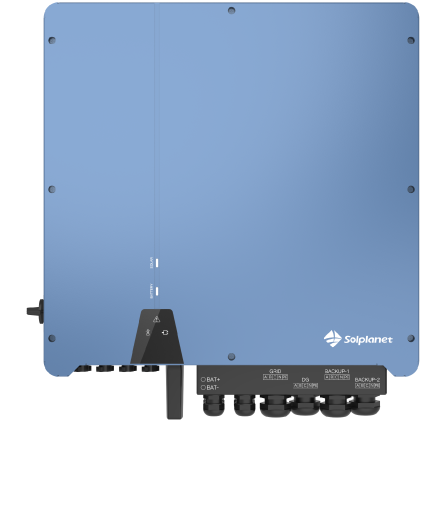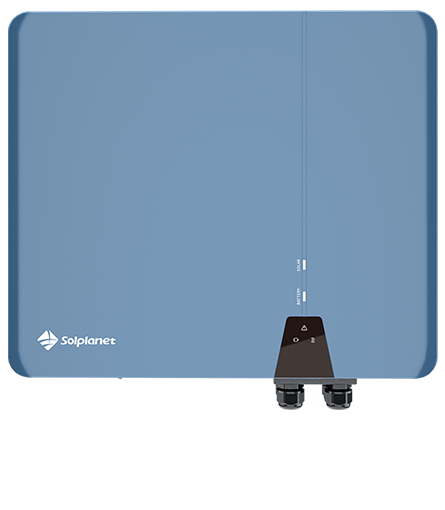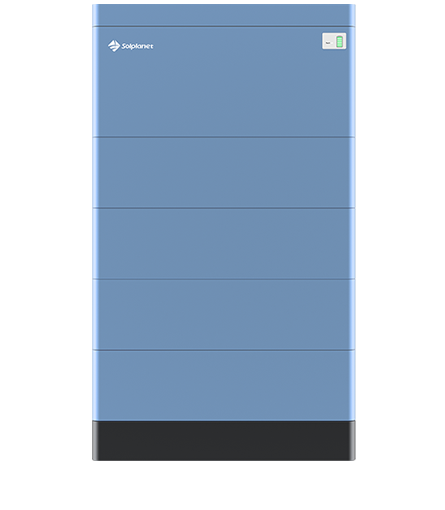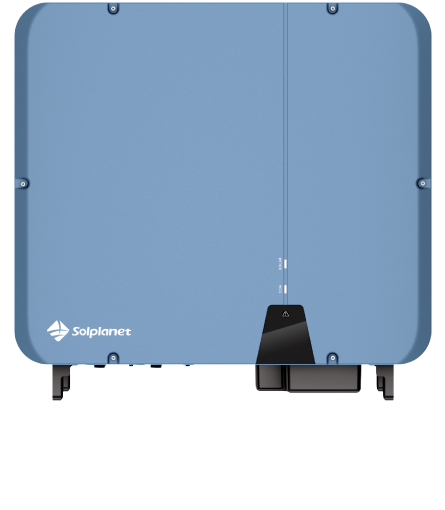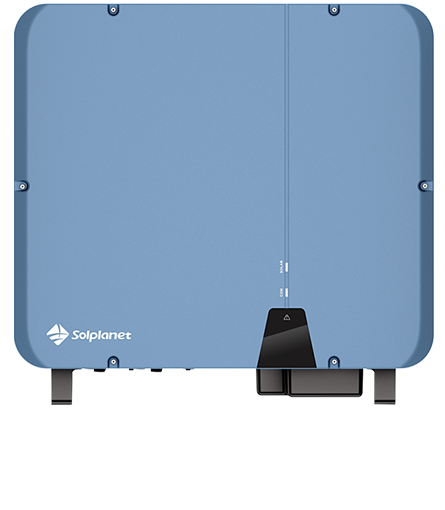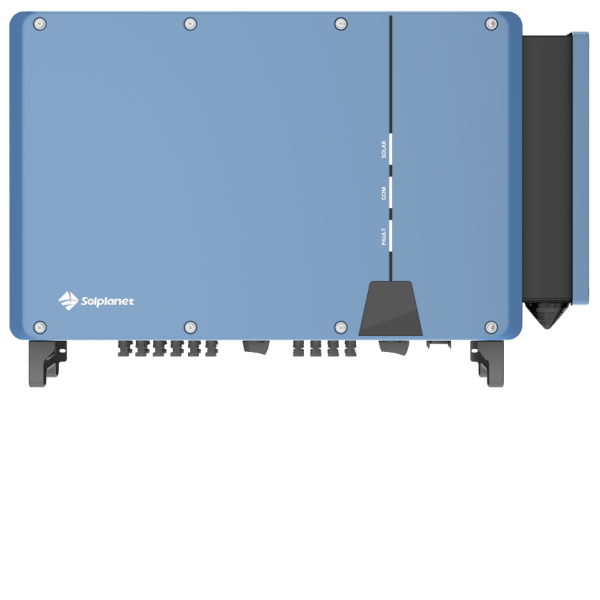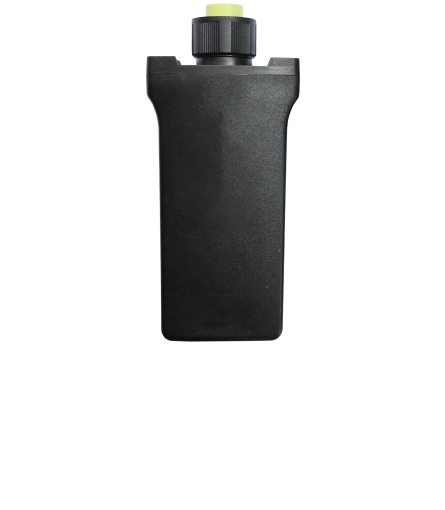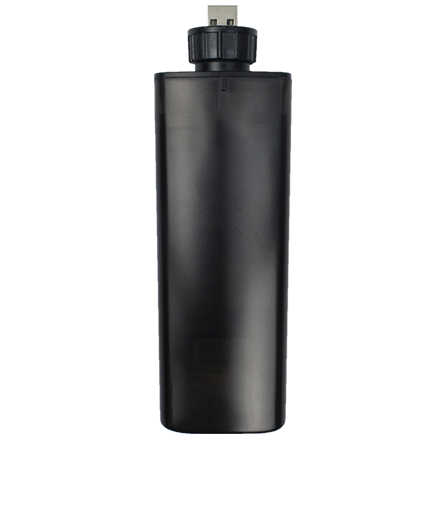2011-09-26
US PV solar installations up 17 pct in 2nd quarter
Sept 20 (Reuters) – Second-quarter U.S. installations of photovoltaic solar panels rose 17 percent from the previous quarter as increases in nonresidential and utility-scale projects offset a weakened residential solar market.
Installations were also up 69 percent from the same period the previous year at 314 megawatts, according to a report released on Tuesday by industry trade group the Solar Energy Industries Association and research firm GTM Research.
Installations are poised to double this year, although SEIA said it revised its outlook for the residential and utility segments while raising its nonresidential market forecast. ”We have to step back and remember that we are in some dire economic times and to see 17 percent quarter-over-quarter growth and 69 percent year-over-year growth is really quite astounding,” said Tom Kimbis, vice president for strategy and external affairs at SEIA.
Solar module prices fell 12 percent in the United States during the quarter — bringing the decline for the year to about 30 percent, the report said, adding that without that decline, U.S. installations may have been flat this year.
”We’re benefiting from competition. It’s driving some companies out of business, but on the other hand it’s a real boon for homeowners and small businesses who want to install solar,” Kimbis said.
Residential installations fell slightly during the quarter, but SEIA said the drop is not indicative of a long-term trend because availability of financing programs is growing. In the nation’s top solar market, California, both residential and nonresidential installations fell, with the nonresidential market dropping 19 percent. SEIA blamed the decline on the state’s solar incentive program, the California Solar Initiative, being frozen in two major utility territories due to an oversubscription of incentives.
Due to that decline, New Jersey’s nonresidential market exceeded California’s in the quarter.
”This is the first time that California has been surpassed in any market segment,” Kimbis said.
Several U.S. solar markets face difficulties, including California, New Jersey and Pennsylvania, the report said.
”As state coffers have run close to dry, these incentive programs have lost some of their political support,” Kimbis said.
In manufacturing, U.S. panel production fell 11 percent from the first quarter due to a slowdown in demand from top European markets Italy and Germany.
Also this week, The Solar Foundation said jobs in the U.S. solar industry increased 6.8 percent from last year. There are now 100,237 people working in the U.S. solar industry, according to the report. (Reporting by Nichola Groom in Los Angeles; editing by Andre Grenon)

